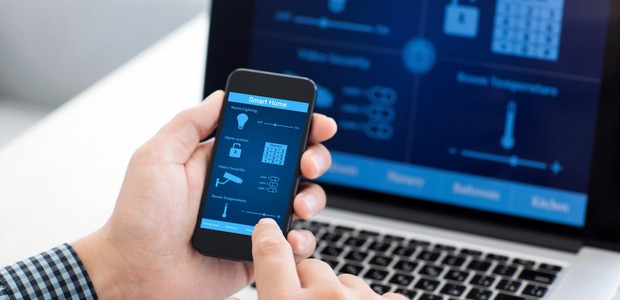advertisement
Check Point Software Technologies: why, how CIO’s in Africa should secure mobile devices
In today’s world, almost everything connected to the Internet and technology poses a security threat. With the growing popularity of…

In today’s world, almost everything connected to the Internet and technology poses a security threat. With the growing popularity of BYOD, mobility has become a major security concern.
This was said by Rick Rogers, Area Manager for East and West Africa at Check Point Software Technologies, during an interview with CIO East Africa, in response to the question: what are some of the areas of vulnerability CIO’s in East Africa should address in trying to secure their organisations?
“In the last decade, mobile devices have not only represented one of the largest accelerators of business, but also the largest threat to their security,” added Rogers. “This has become evident with several high-profile mobile vulnerabilities emerging over the past year, including Certifigate on hundreds of millions of Android devices and XcodeGhost, the first major malware infection targeting non-jailbroken iOS devices. Most organisations are unprepared to deal with the threats that these devices present to their networks because of a lack of tools that provide the right visibility and actionable intelligence,” he continued.
advertisement
A recent Quarterly analysis of the global Threat Index by Check Point, revealed deep disparities in the threat environments in Africa, and the potential for increased attacks as cyber-criminals target mobile devices. Through their Threat Index, Check Point provides a data-based breakdown of new and prevalent threats, as well as the relative rankings of countries’ risk profiles globally–the higher the ranking the greater the threat of cyber-attack.
The Index is based on threat intelligence drawn from Check Point’s ThreatCloud World Cyber Threat Map, which tracks how and where cyberattacks are taking place worldwide in real time. Kenya improved its ranking by 24 places, moving from 45th position at the end of 2015, to 69th at the end of the quarter. Rick Rogers said, at the time, that Kenya’s improvement could reflect a growing maturity in security awareness.
To understand what Kenyan based CIO’s are doing to improve mobile security, this writer interviewed Michael Njenga, Group IT Manager at ECTA Group and Subaru Kenya, who put his point across that mobility is a crucial element in enabling digital transformation and best possible efforts must be made to ensure that same corporate security policies are extended to mobile devices both from a governance and a technical perspective.
advertisement
“This means the IT security policies need to be updated and communicated on acceptable adoption of enterprise mobility and the security technology should have the capability to secure mobile devices,” Njenga added.
The threat landscape in East Africa is always evolving and thus according to Rogers; it is difficult to elaborate on specific data attacks that have taken place across the region. However, according to Check Point’s Threat Index, the top malware families’ active in Kenya during the month of May included:
Sality – Sality is a family of file infectors which spread by infecting .exe and .scr files, as well as via removable drives and network shares;
advertisement
Virut – Virut is one of the major botnets and malware distributors in the Internet. It is used in DDoS attacks, spam distribution, data theft and fraud;
Conficker – Conficker is a computer worm that targets the Windows OS.
With such diverse problems facing the security landscape in the region, the question to Mr. Njenga was: In coming up with an ICT policy is it important for a CIO to be aware of the current trends in the cybercrime?
“This primarily will influence the sort of security technology and the talent and skills required to manage and respond to any threats. Awareness on current trends will also enable a CIO run vulnerability assessments against know threats consequently aligning resources accordingly,” Mr. Njenga responded.
One of the key challenges in addressing BYOD security is resistance form employees when companies try to manage their devices in order to protect the company information.
“Check Point offers Check Point Capsule that addresses these challenges by offering a complete mobile solution that ensures seamless security regardless of where the data or device goes. With Check Point Capsule, an organisation has unmatched security that goes on any device and on any document, everywhere without having to manage the entire device. The Check Point Capsule creates a secure business environment and separates business data from personal data and applications on mobile devices; prevent internal and external data leakages by attaching security that travels with the document,” Rogers continued.
Along with Check Point Capsule, the company also offers Check Point Mobile Threat Prevention that provides the mobile security solution for enterprises that need to manage and mitigate the risks of BYOD and protect their employees and corporate assets from mobile cyber threats.
For CIO’s trying to convince their board to secure their company’s mobile devices, Subaru’s Mr Njenge says that the Key is to illustrate the value of mobility especially in the frame of digital transformation.
“In my experience once the value is clear security becomes part and parcel of the entire experience and not a disparate element that needs to be presented independently.” He concluded.